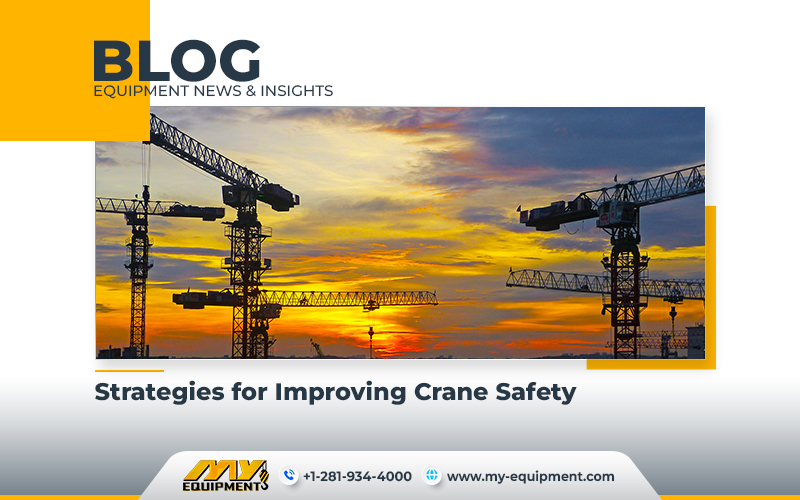When crane safety is compromised, everyone on the work site is in danger. Your employees are on the front lines where accidents might happen and could seriously injure them. More crowded regions have higher injury risks for the pedestrians too. Your business is in danger, as is your equipment. When everything is on the line, how do you react to mishaps or try to prevent them?
Crane Operators
Crane operators are most of the times the first ones to be blamed for any kind of accidents, and they can be held accountable. However, there are a few other people who are “not responsible” who had a lot of work to do before the operator even reported for duty.
Hank Dutton stated during his CONEXPO-CON/AGG educational session that “Crane loss can affect workers’ comp, general liability, contractor equipment coverage, and excess coverage.” Dutton, a crane and rigging specialist with Travellers Insurance and a participant in numerous construction industry committees, has firsthand experience with the accidents that insurers encounter most of the time.
Examine the Near Misses
When an accident occurs, we begin looking into the issues that caused it. Near misses, though, are frequently without a second thought, disregarded.
Even if overloading a crane may not have resulted in a failure, it is still using it beyond its intended purpose. It is imperative to look into why the equipment was utilized in this manner and who was in charge of the loading, operating, and management. You can then even change your direction and perhaps stop further incidents. According to Dutton, setup issues are at blame for 50% of crane mishaps. Other frequent problems include overloads and insufficient maintenance. You won’t have to look for used cranes for sale in the middle of a project, if you don’t overwork the one you have been operating.
Finding out who is at fault
Because problems and mishaps involving cranes have such a wide-ranging impact, more than just the operator may at times be the one at fault. How then can we avoid accidents, take lessons from the ones we were unable to avoid, and identify those who were at fault?
Control Over Crane Operations
Workers who are certified and licensed are simply a very small component of safe crane operations. You need to check your contracts to see if an indemnity clause is included. What are the insurance’s coverage conditions or limits? Did both of the involved parties formally execute the agreement? The best strategy to deal with this is to give the responsibility of managing contracts to a member of the legal team. The contracts should be reviewed by someone in your company, who should also make sure that everyone has signed them and knows about their physical location. The last thing you want is to be dealing with an accident’s aftermath and discover that no one has a copy of the contract, or that you do have a copy but not all the parties have signed it.
Plan Your Crane Management Strategy
Certification and licensing requires a lot of training, but who oversees your licensed employees? Do they properly understand the appropriate criteria and standards of the construction work they will be doing? Your supervisors and managers require training as well in order to develop a strong management program. This takes the shape of a written program that is followed by instruction, frequent evaluations, and responsibility based accountability.
Management and operations for improving safety must begin at the top. Dutton compared it to something like pulling on a rope. Dropping a rope down is a lot more simple and more efficient than attempting to pull one up. When everyone is aware of their own standards and expectations, it becomes easier to identify situations that can result in accidents.
Prioritize risk management
Although compliance is an important factor, accidents aren’t always a result of non compliance. Using risk management, you can proactively safeguard your staff, construction equipment and other assets, as well as the company. Risk management can prevent loss, where compliance alone cannot. You are acting proactively rather than reactively when your managers and supervisors are trained as well as your operators.


 1400 Broadfield Blvd, Houston, TX 77084,
USA.
1400 Broadfield Blvd, Houston, TX 77084,
USA.